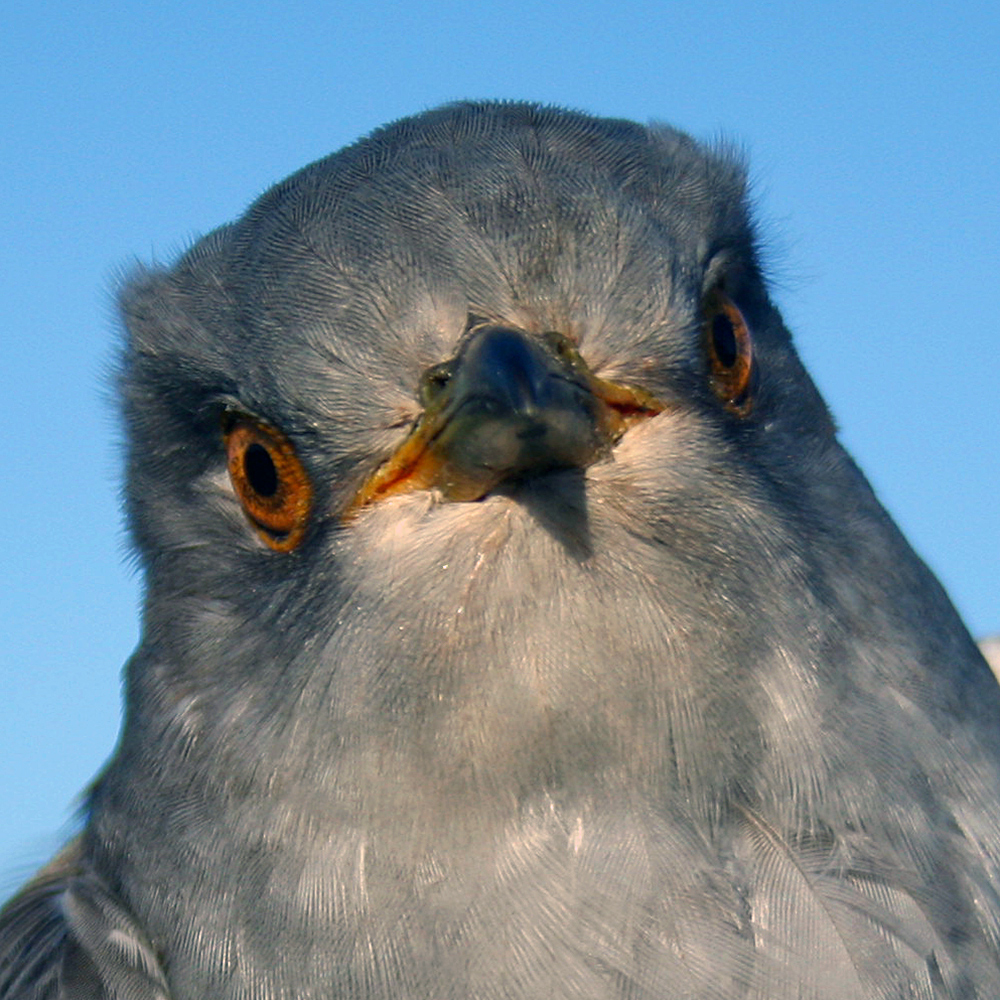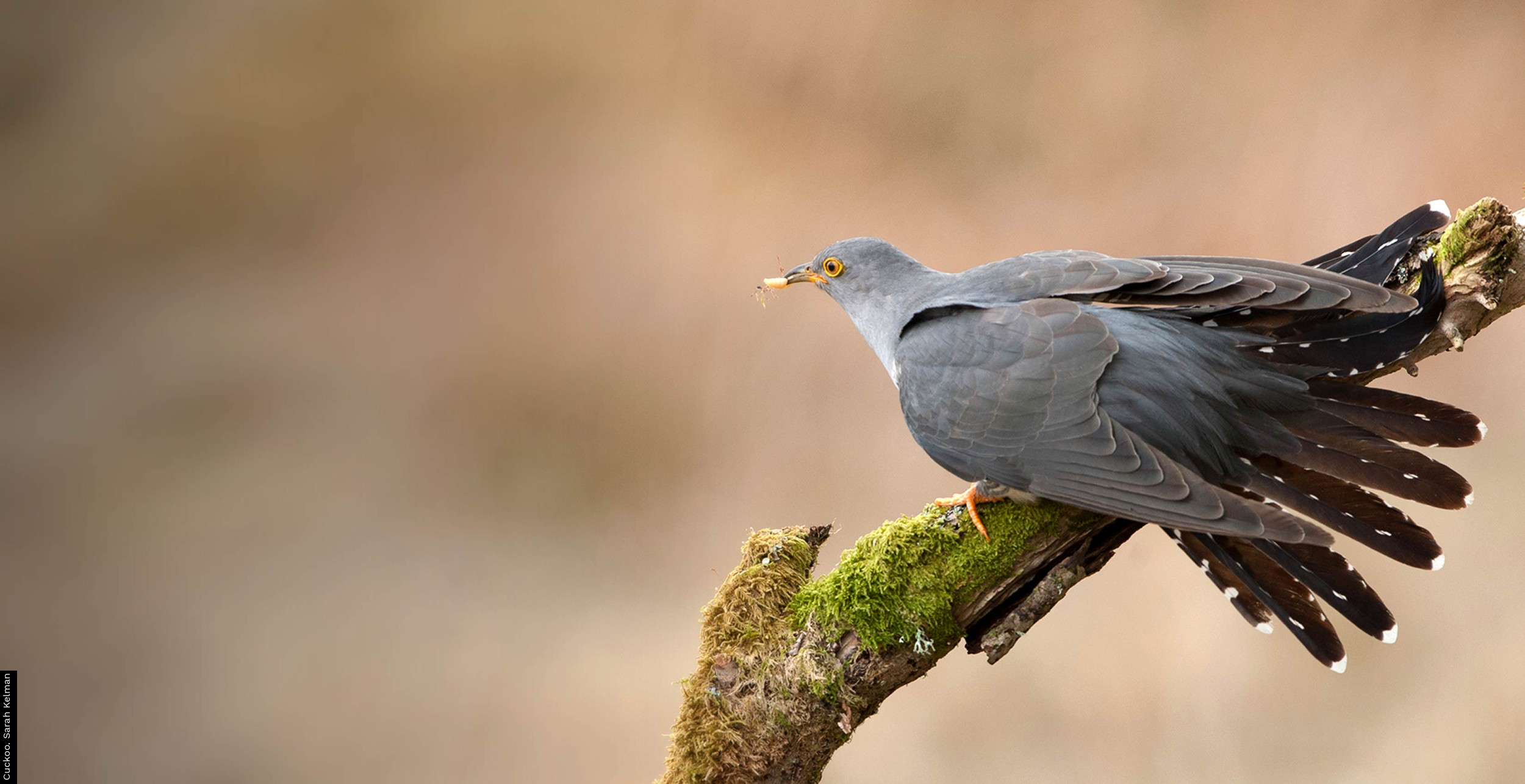Ryder
The Dartmoor National Park Authority and Devon Birdwatching & Preservation Society have jointly funded four cuckoos which they have named - Dart, Ryder, Tor and Whortle.

- Status:
- Inactive
- Tagged:
- Thursday, May 16, 2013 - 01:00
- Tagging Location:
- Holne, Dartmoor
- Sex:
- Male
- Age when found:
- Adult
- Satellite Tag No.:
- 128304
- Wing Length (mm):
- 222
Ryder's journey from 16 May 2013 to 21 August 2013
Ryder's movements
21 Aug 2013 - End of the road for Ryder?
Unfortunately the only further signals we have received from Ryder show that he did not continue to complete his desert crossing. The signals show that he backtracked a short distance into central Mauritania, a location from which he has not continued onwards from. He has now been in the middle of the desert for 5 days. We think it is likely that he did not have the fuel reserves needed to complete the journey, and was unable to feed up in the barren landscape in which he stopped.
14 Aug 2013 - Ryder on the move!
We were starting to get a bit worried about Ryder, who had made it to north Africa and attempted a desert crossing by 18 July which was aborted before he then returned north but had not attempted to cross the desert a second time. We received a poor quality signal from his tag on 8 August, but nothing since then until 2pm today. This single transmission shows him heading south over Mauritania. He has covered 1200km (750miles) from his previous location but he still has about the same distance to go before he reaches the other side of the desert and suitable feeding conditions. We are glad to see he is on the move and hope to receive transmissions in the next couple of days that confirm he has crossed the desert.
05 Aug 2013 - Ryder heads north
While most of our Cuckoos are heading south, Ryder has moved 69km (43 miles) northwards from Tazekka National Park to Taounate, a town in northern Morocco, in the Rif Mountains. This region region receives more rainfall than any other region in Morocco, particularly in the west and central areas, which is presumably why he has moved north. Hopefully he wil find some good feeding opportunities and make his desert crossing soon.
25 Jul 2013 - Ryder remains in Morocco
19 Jul 2013 - Ryder in Morocco!
Having not heard from Ryder for a week we were surprised to see that when he ‘popped-up’ on the 16 July he had become our most southerly Cuckoo. He was 35km (20 miles) south-west of Valencia, 530km (330 miles) SSW of his last position in France. Further signals received yesterday evening (18 July) show that he had continued south and was leaving the Atlas Mountains of Morocco in a south-westerly direction! This makes him the first of our tagged Cuckoos to arrive in Africa and the first non East- Anglian Cuckoo to have taken the westerly route via Spain. The transmission period continued until the early hours of 19 July showing that he was still heading south, close to the the Algerian- Moroccan border. We look forward to following his progress as he continues his desert crossing!
Sponsor a Cuckoo and support the project
“This is my first year following the Cuckoo’s journey and I would like to thank you for the happiness and pleasure it has given me reading your updates. I look forward to the next journeys. Amazing!”
Sponsor your chosen Cuckoo with a monthly Direct Debit or a one-off donation, and receive exclusive updates and insight into their migration.
Become a Cuckoo sponsor todayInformation on this page is for illustrative purposes only and should not be reproduced without permission
© British Trust for Ornithology.



Share this page